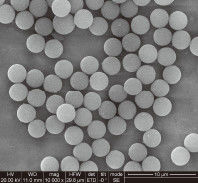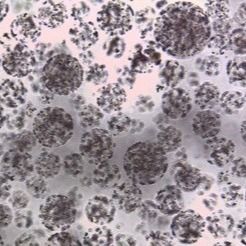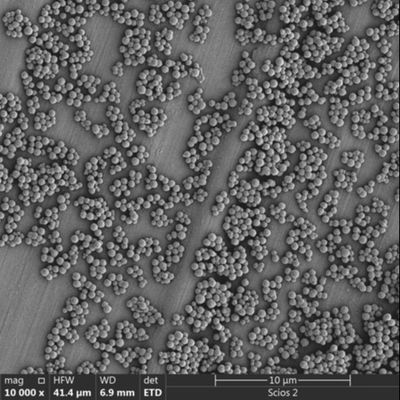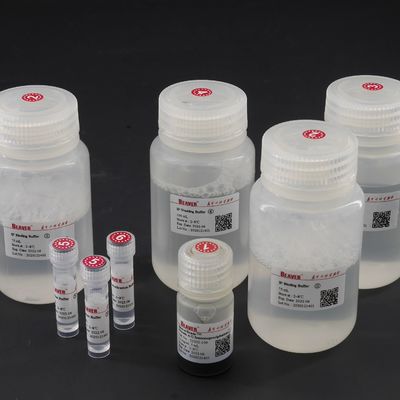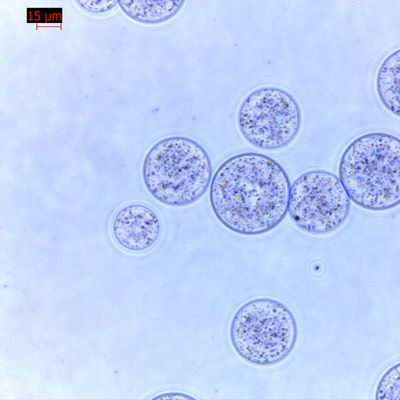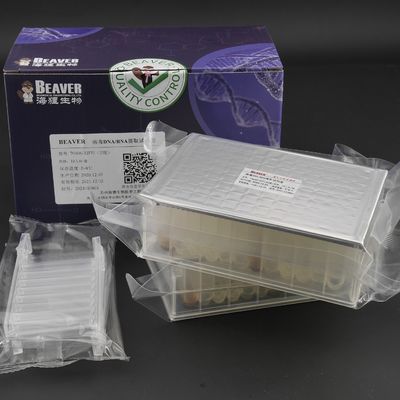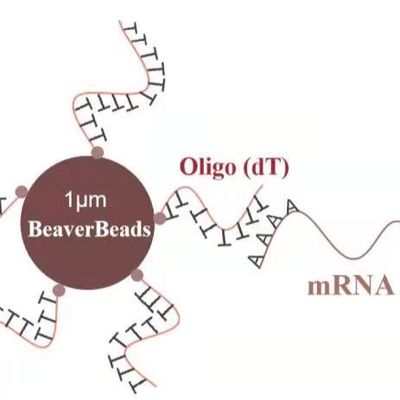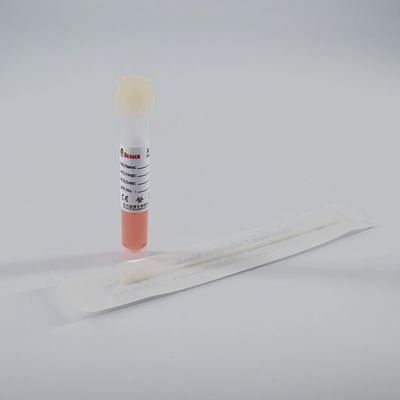In the realm of nucleic acid purification – isolating DNA and RNA from complex biological samples – Silica Magnetic Beads have become an indispensable tool. Their robust binding capabilities, coupled with the efficiency of magnetic separation, make them a go-to choice for researchers and diagnostic laboratories seeking high purity and yield. Understanding what makes these beads unique and where they excel is key to appreciating their vital role in molecular biology.
So, what are Silica Magnetic Beads? They are composite particles consisting of a superparamagnetic core (often made of iron oxide) encapsulated within, or coated with, a layer of silica (silicon dioxide). The silica surface is critical, as it provides the binding chemistry. Under specific buffer conditions (typically high salt, low pH), nucleic acids (DNA and RNA) bind avidly and reversibly to the silica surface. This property is central to their function.
The purification process with Silica Magnetic Beads leverages this selective binding:
Lysis and Binding: A biological sample (e.g., blood, tissue, cells) is lysed to release nucleic acids. A binding buffer, usually containing chaotropic salts, is added. These salts disrupt hydrogen bonds and proteins, creating an environment where nucleic acids preferentially bind to the silica surface of the magnetic beads.
Magnetic Separation and Washing: An external magnet is applied, pulling the beads (with bound nucleic acids) to the side of the tube. The supernatant containing contaminants (proteins, cellular debris, unwanted salts) is then easily removed. Multiple wash steps with appropriate buffers further remove impurities without dislodging the bound nucleic acids.
Elution: The magnet is removed, and a low-salt elution buffer (like water or TE buffer) is added. This changes the chemical environment, causing the purified nucleic acids to detach from the silica surface and dissolve into the elution buffer, leaving the beads behind when the magnet is reapplied.
Why have Silica Magnetic Beads become so popular for nucleic acid purification?
Fe3O4 Silica Magnetic Beads For RNA Extraction PC 300nm 50 mg / mL 10 mL
High Purity and Yield: The silica surface offers highly specific binding for nucleic acids, leading to excellent purity of the isolated DNA/RNA, free from proteins and other cellular contaminants. This high purity is crucial for downstream applications like PCR, qPCR, sequencing, and cloning.
Versatility Across Sample Types: They can be used to purify nucleic acids from a wide variety of sample materials, including blood, saliva, tissue, buccal swabs, urine, plant material, and even challenging forensic samples.
Scalability and Automation: The magnetic separation method is highly scalable, from manual single-tube preparations to high-throughput automated platforms using 96-well or 384-well plates. This automation significantly reduces hands-on time and increases sample processing capacity.
No Centrifugation or Filtration: Eliminates the need for time-consuming and often harsh centrifugation steps, which can shear nucleic acids or lead to sample loss. It also avoids filter clogging issues common with viscous samples.
Safety and Simplicity: Reduces reliance on hazardous organic solvents traditionally used in nucleic acid extraction, making the process safer and simpler.
Key Applications of Silica Magnetic Beads:
Molecular Diagnostics: Essential for preparing DNA/RNA from patient samples for infectious disease testing, genetic screening, and cancer diagnostics.
Genomics and Proteomics Research: Used for DNA/RNA isolation prior to next-generation sequencing (NGS), microarray analysis, and gene expression studies.
Forensic Science: Extracting DNA from trace evidence.
Agricultural Research: Isolating nucleic acids from plants for genetic modification and disease detection.
In essence, Silica Magnetic Beads are a cornerstone of modern molecular biology. By providing a reliable, efficient, and versatile platform for nucleic acid purification, they empower researchers and diagnosticians to unlock genetic information and advance scientific discovery.

 Your message must be between 20-3,000 characters!
Your message must be between 20-3,000 characters! Please check your E-mail!
Please check your E-mail!  Your message must be between 20-3,000 characters!
Your message must be between 20-3,000 characters! Please check your E-mail!
Please check your E-mail! 

